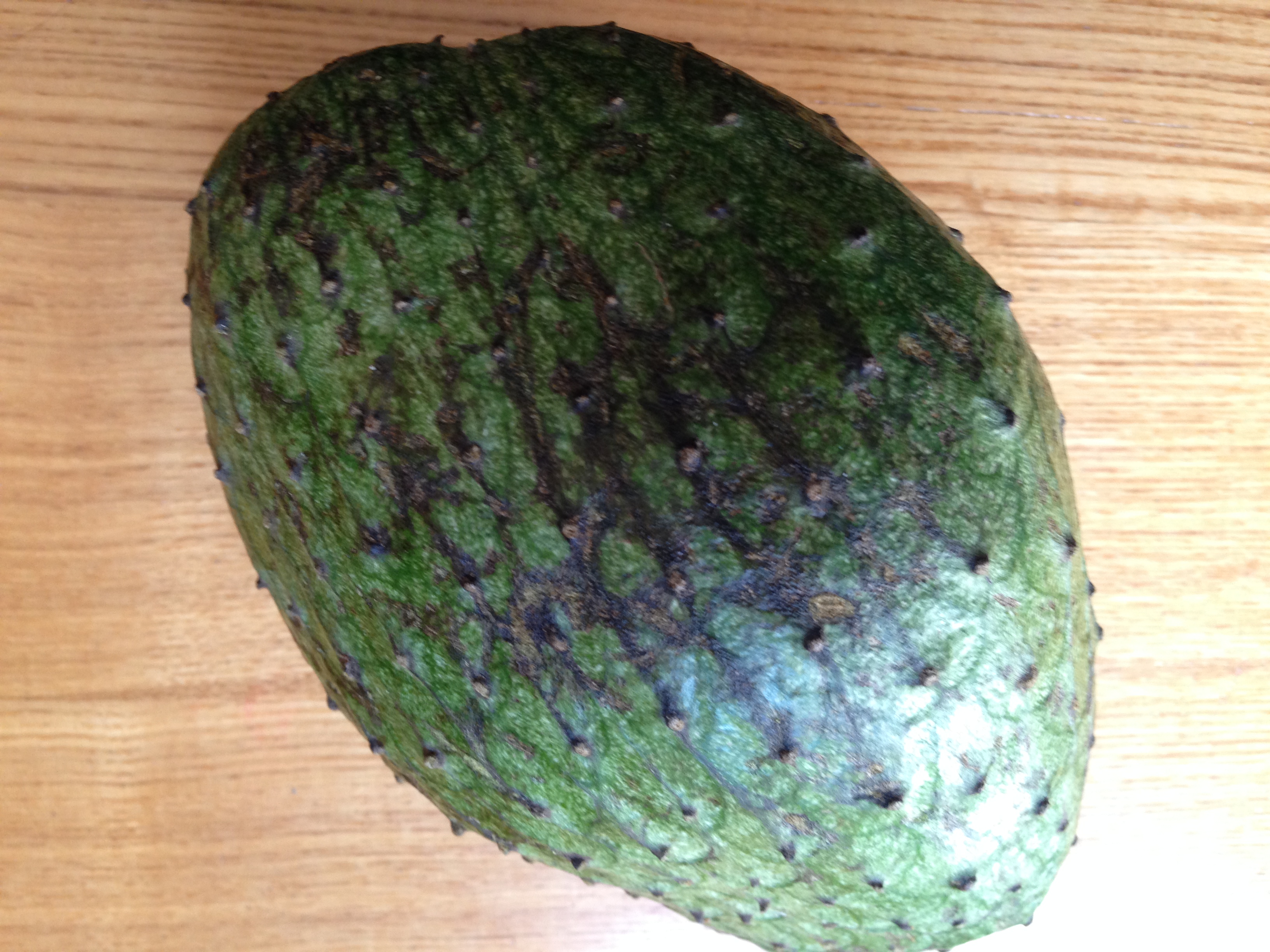
Studies representing nearly 2 million adults worldwide show that eating about five daily servings of fruits and vegetables, in which 2 are fruits and 3 are vegetables, is likely the optimal amount for a longer life, according to new research published today in the American Heart Association’s flagship journal Circulation.
Diets rich in fruits and vegetables help reduce risk for numerous chronic health conditions that are leading causes of death, including cardiovascular disease and cancer. Yet, only about one in 10 adults eat enough fruits or vegetables, according to the U.S. Centers for Disease Control and Prevention.
“While groups like the American Heart Association recommend four to five servings each of fruits and vegetables daily, consumers likely get inconsistent messages about what defines optimal daily intake of fruits and vegetables such as the recommended amount, and which foods to include and avoid,” said lead study author Dong D. Wang, M.D., Sc.D., an epidemiologist, nutritionist and a member of the medical faculty at Harvard Medical School and Brigham and Women’s Hospital in Boston.
Wang and colleagues analyzed data from the Nurses’ Health Study and the Health Professionals Follow-Up Study, two studies including more than 100,000 adults who were followed for up to 30 years. Both datasets included detailed dietary information repeatedly collected every two to four years. For this analysis, researchers also pooled data on fruit and vegetable intake and death from 26 studies that included about 1.9 million participants from 29 countries and territories in North and South America, Europe, Asia, Africa and Australia.
Analysis of all studies, with a composite of more than 2 million participants, revealed:
- Intake of about five servings of fruits and vegetables daily was associated with the lowest risk of death. Eating more than five servings was not associated with additional benefit.
- Eating about two servings daily of fruits and three servings daily of vegetables was associated with the greatest longevity.
- Compared to those who consumed two servings of fruit and vegetables per day, participants who consumed five servings a day of fruits and vegetable had a 13% lower risk of death from all causes; a 12% lower risk of death from cardiovascular disease, including heart disease and stroke; a 10% lower risk of death from cancer; and a 35% lower risk of death from respiratory disease, such as chronic obstructive pulmonary disease (COPD).
- Not all foods that one might consider to be fruits and vegetables offered the same benefits. For example: Starchy vegetables, such as peas and corn, fruit juices and potatoes were not associated with reduced risk of death from all causes or specific chronic diseases.
- On the other hand, green leafy vegetables, including spinach, lettuce and kale, and fruit and vegetables rich in beta carotene and vitamin C, such as citrus fruits, berries and carrots, showed benefits.
“Our analysis in the two cohorts of U.S. men and women yielded results similar to those from 26 cohorts around the world, which supports the biological plausibility of our findings and suggests these findings can be applied to broader populations,” Wang said.
Wang said this study identifies an optimal intake level of fruits and vegetables and supports the evidence-based, succinct public health message of ‘5-a-day,’ meaning people should ideally consume five servings of fruit and vegetable each day. “This amount likely offers the most benefit in terms of prevention of major chronic disease and is a relatively achievable intake for the general public,” he said. “We also found that not all fruits and vegetables offer the same degree of benefit, even though current dietary recommendations generally treat all types of fruits and vegetables, including starchy vegetables, fruit juices and potatoes, the same.”
A limitation of the research is that it is observational, showing an association between fruit and vegetable consumption and risk of death; it does not confer a direct cause-and-effect relationship.
“The American Heart Association recommends filling at least half your plate with fruits and vegetables at each meal,” said Anne Thorndike, M.D., M.P.H., chair of the American Heart Association’s nutrition committee and an associate professor of medicine at Harvard Medical School in Boston. “This research provides strong evidence for the lifelong benefits of eating fruits and vegetables and suggests a goal amount to consume daily for ideal health. Fruits and vegetables are naturally packaged sources of nutrients that can be included in most meals and snacks, and they are essential for keeping our hearts and bodies healthy.”
